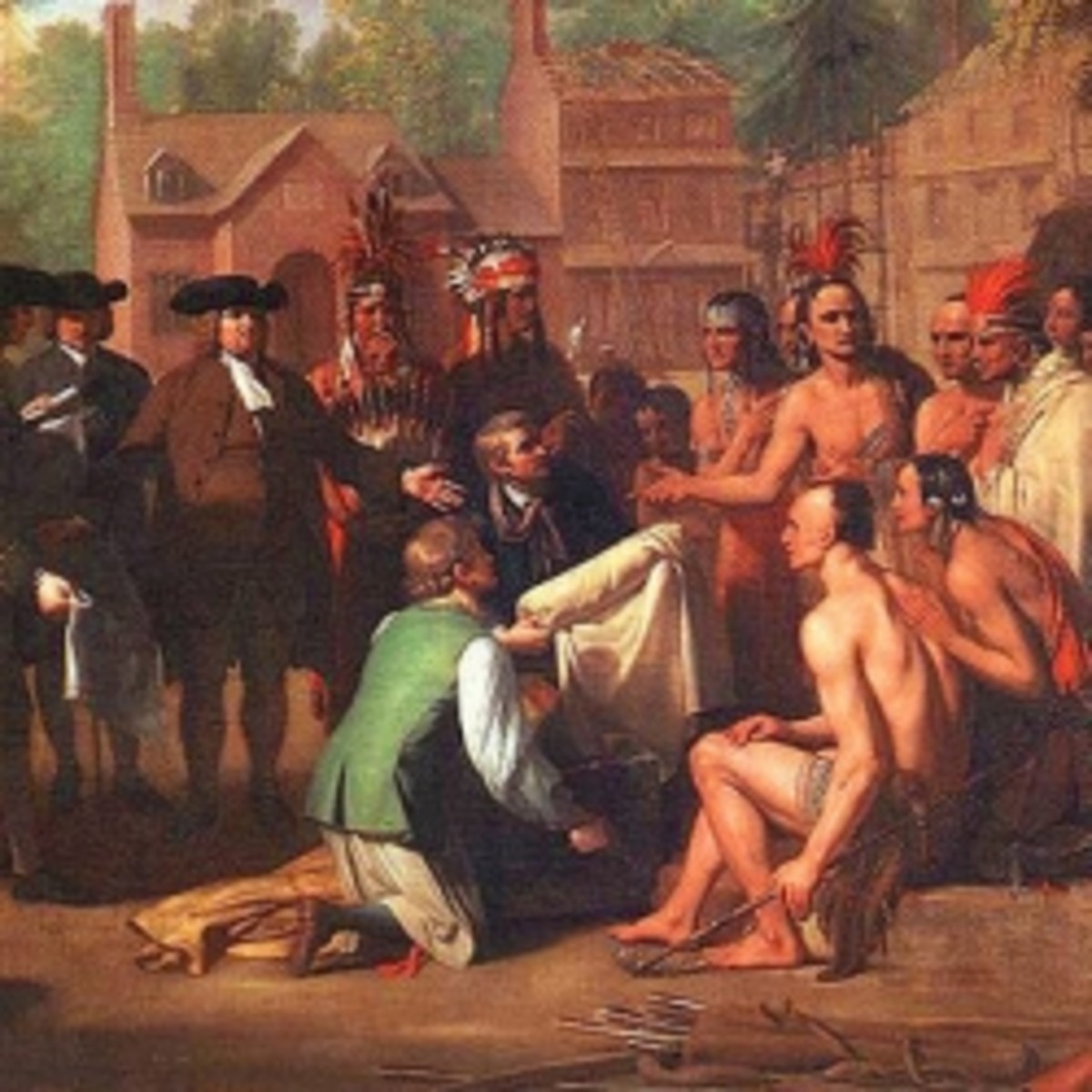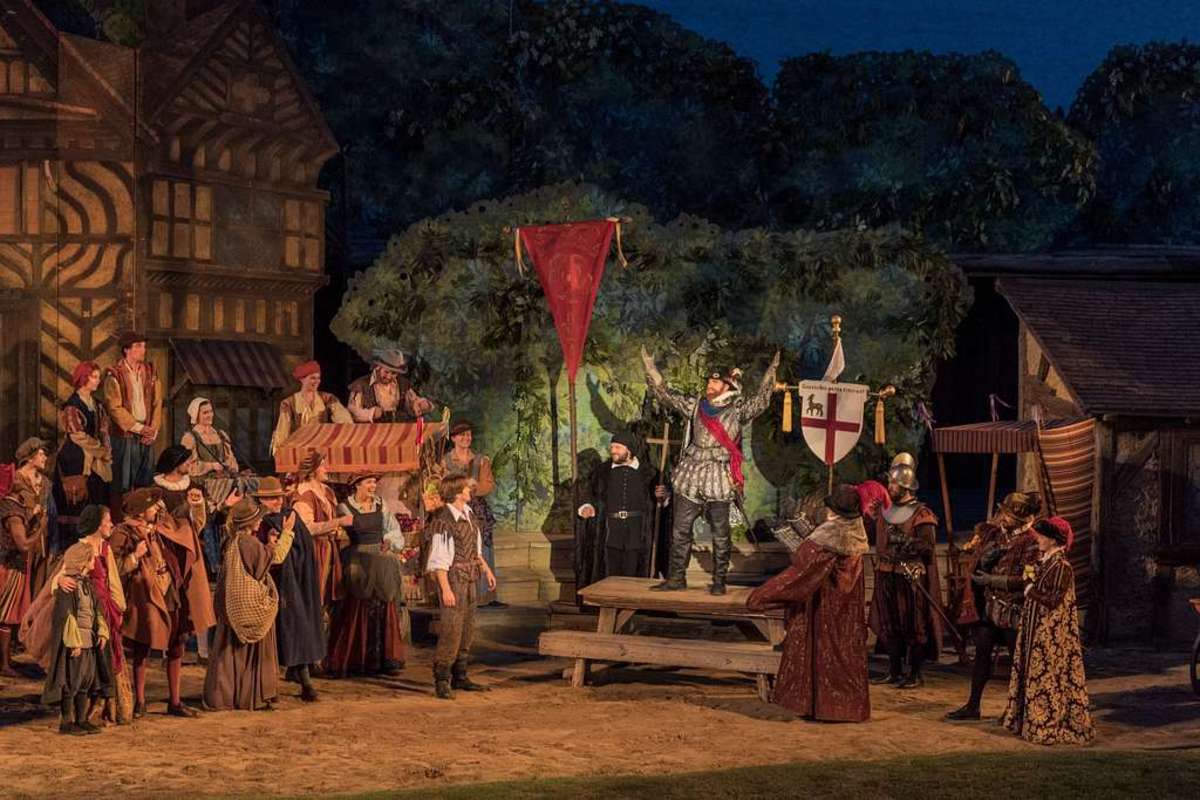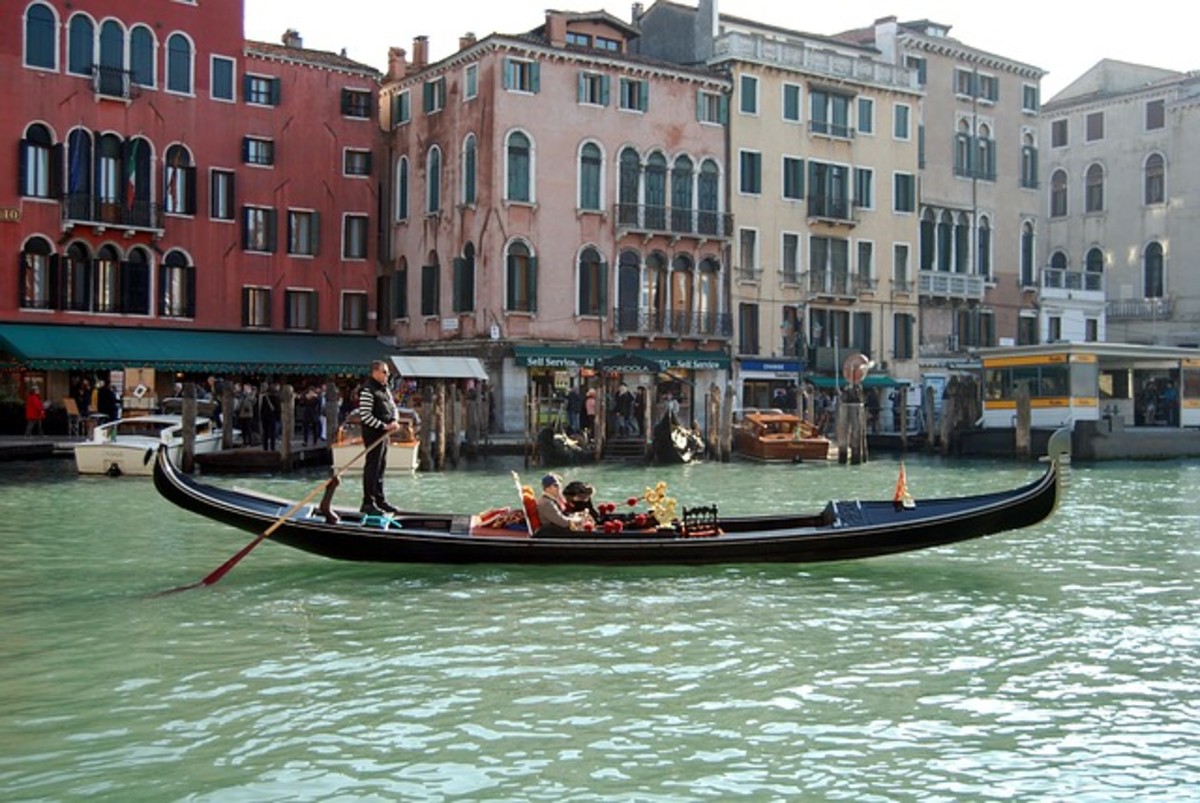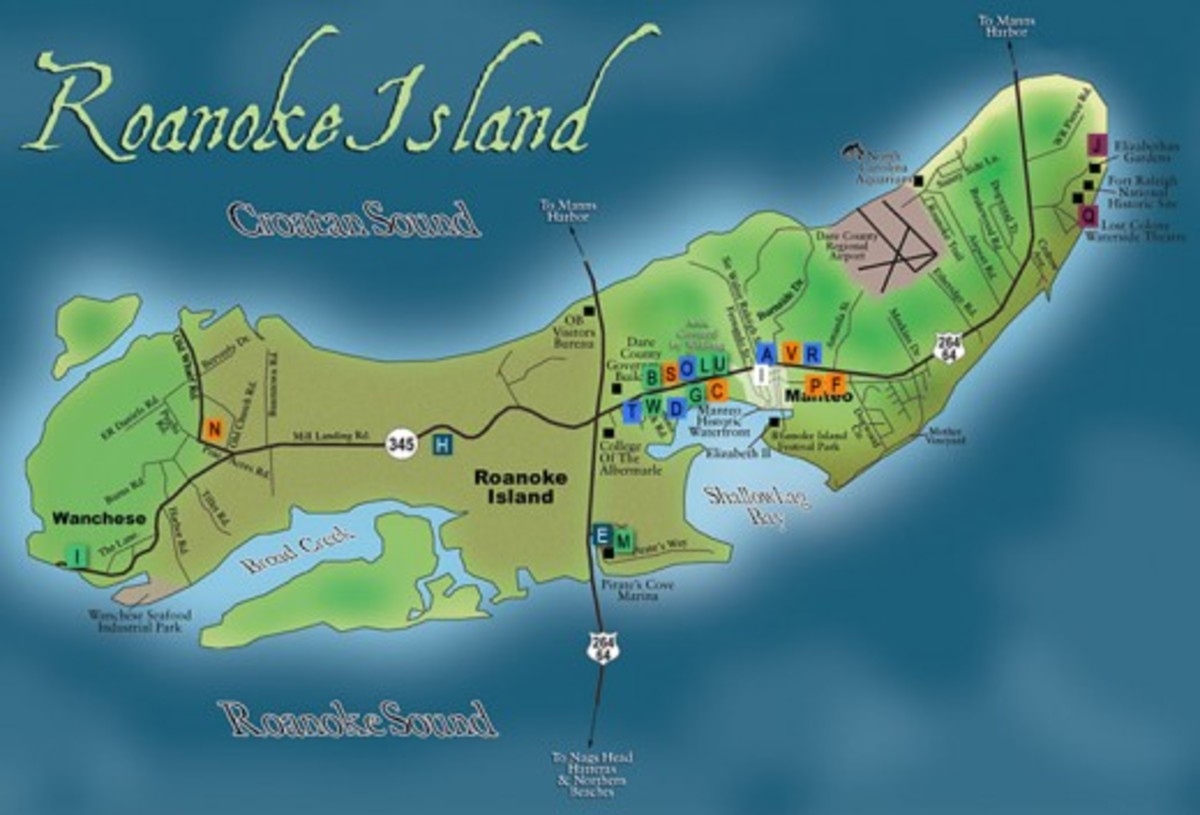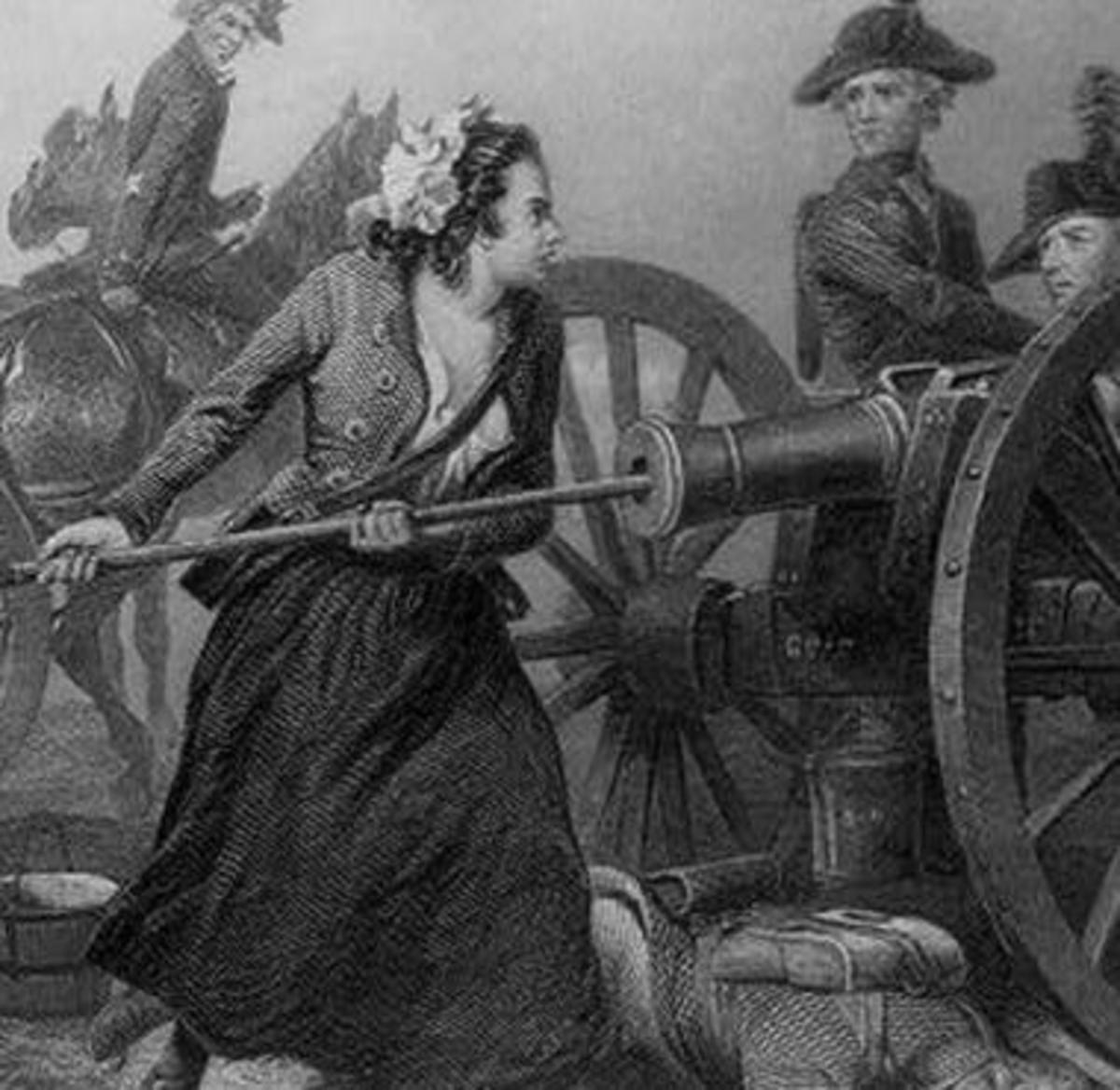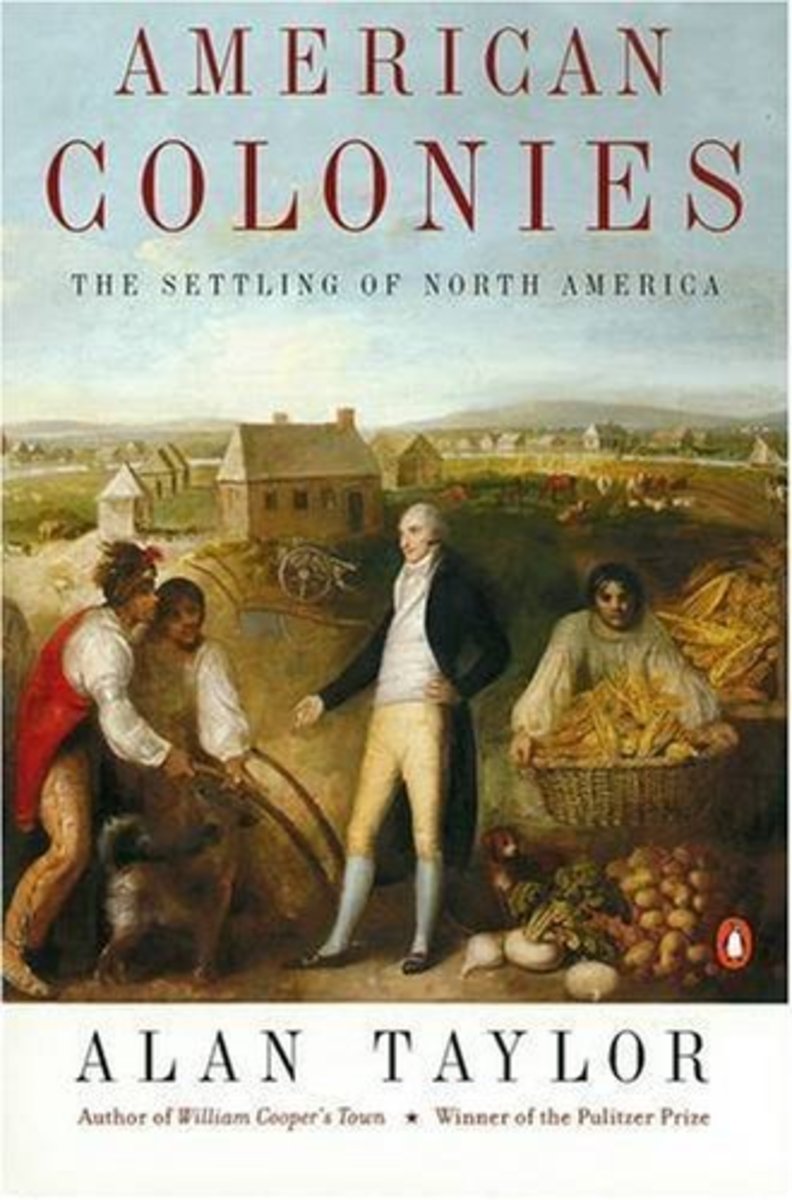- HubPages»
- Education and Science»
- History & Archaeology»
- History of the Americas»
- American History
The Founding of America: Reflections of Colony Founding Principles in the 1790 Naturalization Act
1780 Map of America
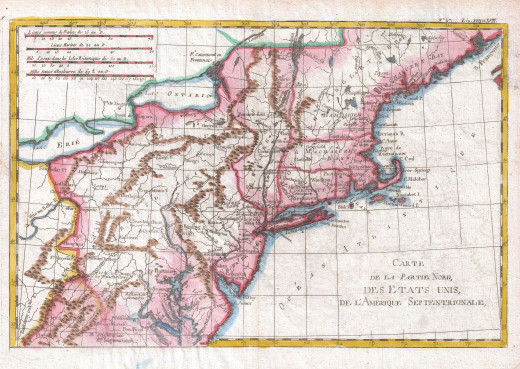
Colony Models: Virginian, Massachusetts, and Pennsylvanian
Early Colonists had different reasons for coming to the Americas. Some were searching for wealth, others for religious freedom and purity, and still others for a new beginning. Susan Martin in her book, A Nation of Immigrants, outlines the three colony models, which represent three positions on immigration legislation. The first model presented by Martin is the Virginia model. The Virginia model is based on the importation of labor to work in the labor intensive industries, specifically tobacco plantations. As a result, the Virginians needed to encourage the immigration of cheap laborers such as indentured servants, criminals, and slaves, in order to expand. Indentured servants, unlike slaves, joined in the dominant population after their time of service was up.[1] The second model is the Massachusetts model, dominated by the Puritans. The Puritans and other similar religious groups left their home countries in order to found a utopian society, where their religious ideals could be practiced freely without interference from conflicting ideas. Therefore, the Massachusetts model wanted immigrants of able like-minded people who could help bring the colony forward rather than ones who could become a public charge.[2] Martin’s third model, the Pennsylvania model, recruited people of different origins to populate the colony. There were no strict policies of who could join, however this resulted in some tension about assimilation within the dominant culture.[3] The debate for the 1790 Naturalization Act included three positions: those who favored “few impediments and encouraged immigration” represented the ideals of the Virginia Modes, those who favored delayed naturalization in order to allow the immigrants to become acclimated to the dominant culture represent the ideas of the Pennsylvania Model, and those who favored restricted immigration represent the ideas of the Massachusetts model. As a result, the final product of the 1790 Naturalization Act included elements of all three models.[4]
[1] Susan F. Martin, A Nation of Immigrants (New York: Cambridge University Press,2011) p. 26.
[2]Ibid. p. 43.
[3]Ibid p. 59.
[4] Ibid. p 72.
Seal of the Virginia Company
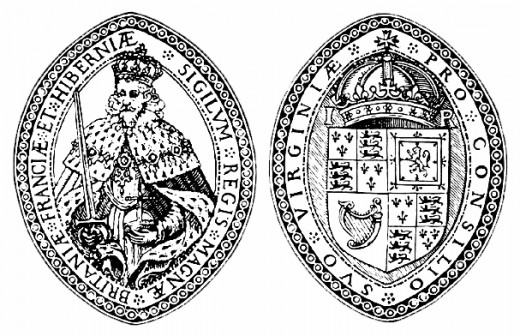
The Virginia Model and the 1790 Naturalization Act
In the formation of the 1790 Naturalization Act there were three main positions for the debate. Members of the Virginia model held the first position of “few impediments to naturalization” and “to encourage immigration.”[1] The Virginia model holds these positions because of their need for laborers. As a result of this need the people of the Virginia colony dehumanized laborers, seeing them as labor units rather than humans. This allowed slavery to occur.[2] Provisions in the 1790 Naturalization Act stemming from this perspective allow for quick and easy naturalization. The stipulation that all free whites are eligible for naturalization broadened the scope of who is able to become a citizen.[3] Religious values and economic status did not hold people back from naturalization. The fact that there was no application fee to become a citizen removed economic discrimination.[4] The Virginia model also influenced the length of residency required for naturalization. The short length of two years allowed for an immigrant to quickly be eligible for the benefits of becoming a citizen.[5] Both stipulations encouraged immigrants of a wide variety to migrate to the United States.
[1]Ibid. p. 72.
[2] Stewart, Virginia. History 355: American Social History, Lake Forest College, August 30, 2011
[3] Susan F. Martin, A Nation of Immigrants (New York: Cambridge University Press,2011) p. 72.
[4] Stewart, Virginia. History 355: American Social History, Lake Forest College, September 6, 2011.
[5] Susan F. Martin, A Nation of Immigrants (New York: Cambridge University Press,2011) p. 72.
The Pennsylvania Model and the 1790 Naturalization Act
The second position in the debate, held by the Pennsylvania model, called for a delay in naturalization to ensure that the immigrant was able to be assimilated into the dominant culture.[1] The Pennsylvania model typically represents tolerance because of its policy of religious freedom and its recruitment of foreign nationals. This is true; however, as a result of its diverse population it struggled with assimilation issues. These issues are best represented by the German immigrant population in Pennsylvania that created their own neighborhoods, wrote legal documents in German, had their own unique language etc. The combination of these things caused animosity from some of the other colonists such as Benjamin Franklin, who were afraid of the German culture over turning the dominant culture.[2] Legislation in the 1790 Naturalization Act pertaining specifically to the Pennsylvania model comes from this issue. The first provision made immigrants show proof of residency for two years before being able to apply for citizenship. This provision intended to give the immigrants enough time to become assimilated into the dominant culture before becoming citizens. Similarly, recently naturalized citizens had to wait several years before they could hold government positions. Another provision was that citizen applicants had to take an oath of loyalty to The Constitution in which they renounced their home country. The oath ensured that the immigrant was in fact part of the dominant culture.[3]
[1] Ibid. p. 72.
[2] Ibid. p.58, 59.
[3] Ibid. p. 72, 73.
The Massachusetts Model and the 1790 Naturalization Act
The Massachusetts model presents the third position of restricted naturalization in the debate over the 1790 Naturalization Act. The Massachusetts model is based off of the religious ideals of the Puritans. In order to be allowed in the Puritan society one had to believe in the same ideals as the Puritans, have good moral character, and swear an oath to their religious ideals.[1] Similarly, the 1790 Naturalization Act included a provision that an applicant for citizenship had to present proof of good moral character in the form of a recommendation letter. This allowed for some restriction in the naturalization process, if a person was a criminal, in debt, unconventional living situation etc. they could be denied citizenship.[2] The act also required applicants to take an oath before becoming citizens. Although the oath was to The Constitution rather than religious ideals, it still ensured that full members, citizens, would have loyalty to a uniform system of government. Those who were unwilling to abide by The Constitution would be unable to become citizens.[3]
[1] Ibid. p. 43.
[2] Stewart, Virginia. History 355: American Social History, Lake Forest College, September 6, 2011.
[3] Susan F. Martin, A Nation of Immigrants (New York: Cambridge University Press,2011) p. 72.
The Disembarkation of Puritans in America
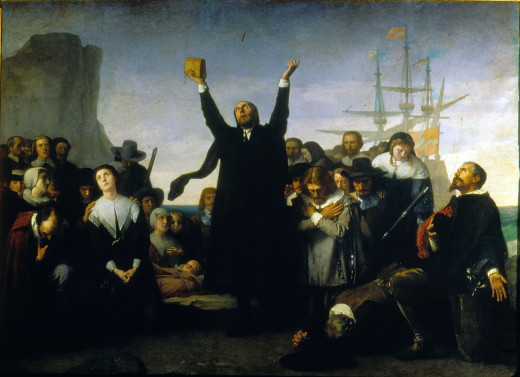
Conclusions
Immigration policy today is full of contradictions just like it was in its origins in 1790. The policies influenced by the Virginia and Massachusetts models come from opposing viewpoints, one wanting open immigration and the other wanting restricted immigration. Yet, each is represented in the 1790 Naturalization Act. One may think that the Pennsylvania model is the middle ground between the two and yet it presents its own perspective on what immigration policy should be. Understanding the complications of the past immigration legislation may help us to move forward toward improved immigration policy.

